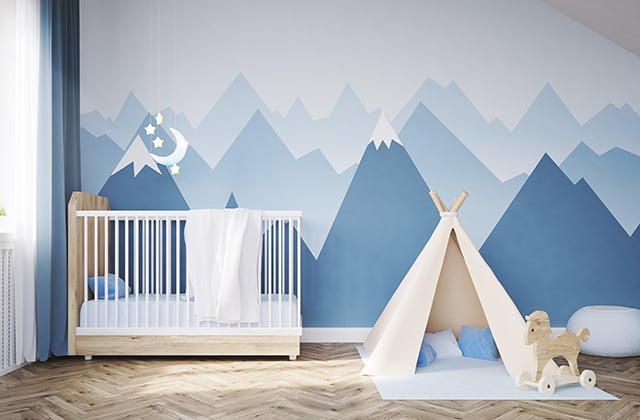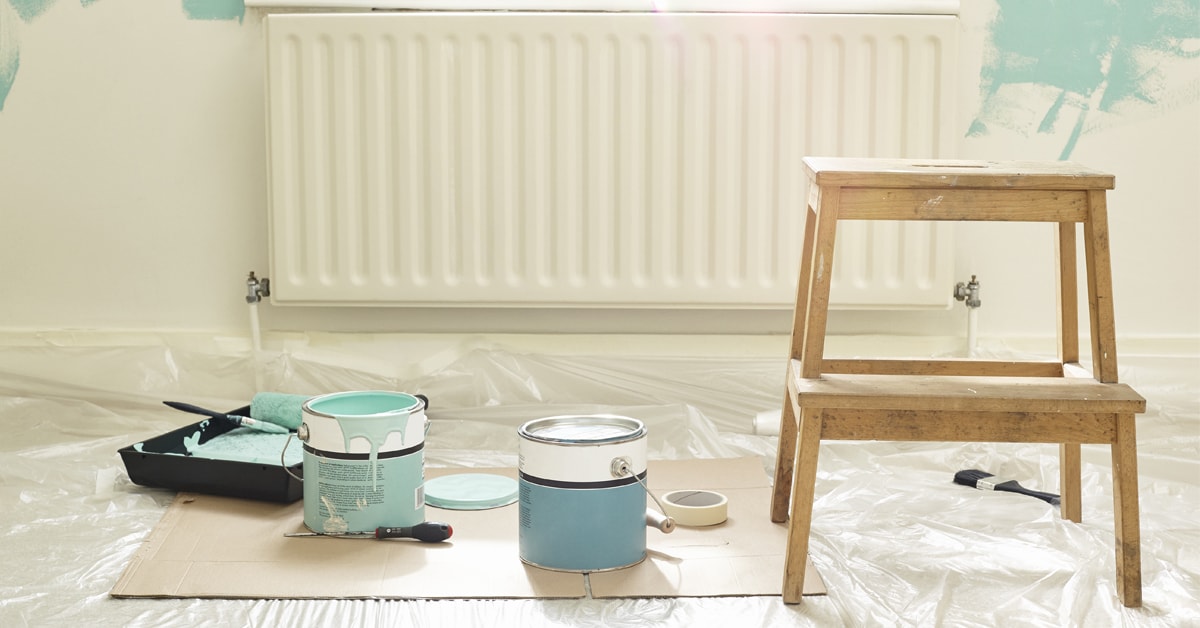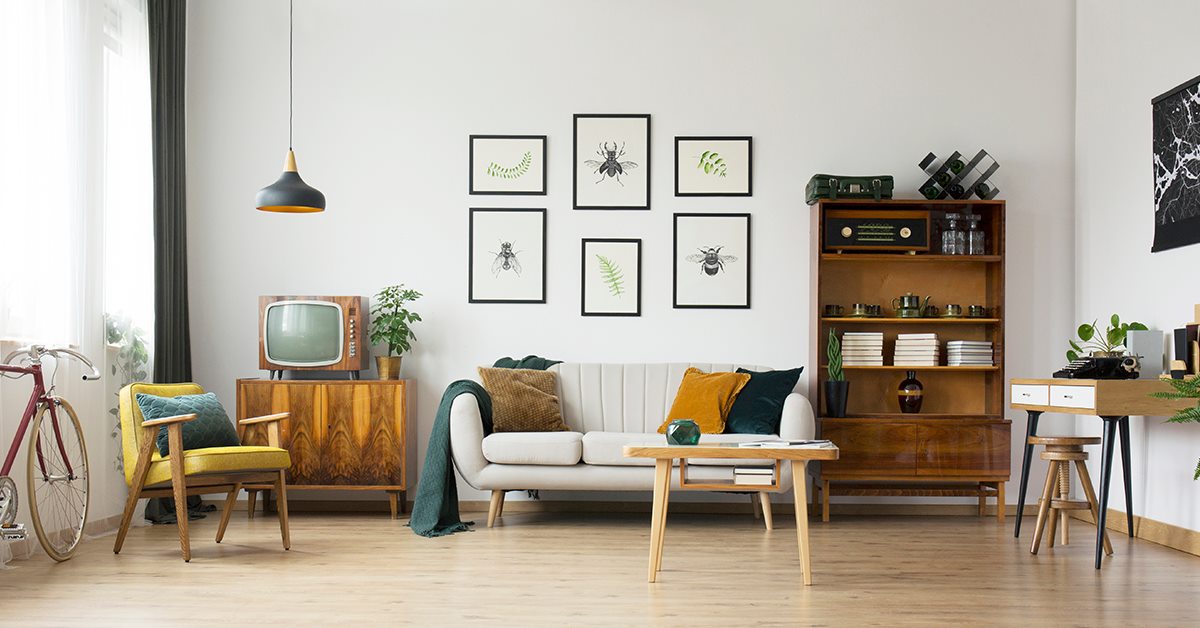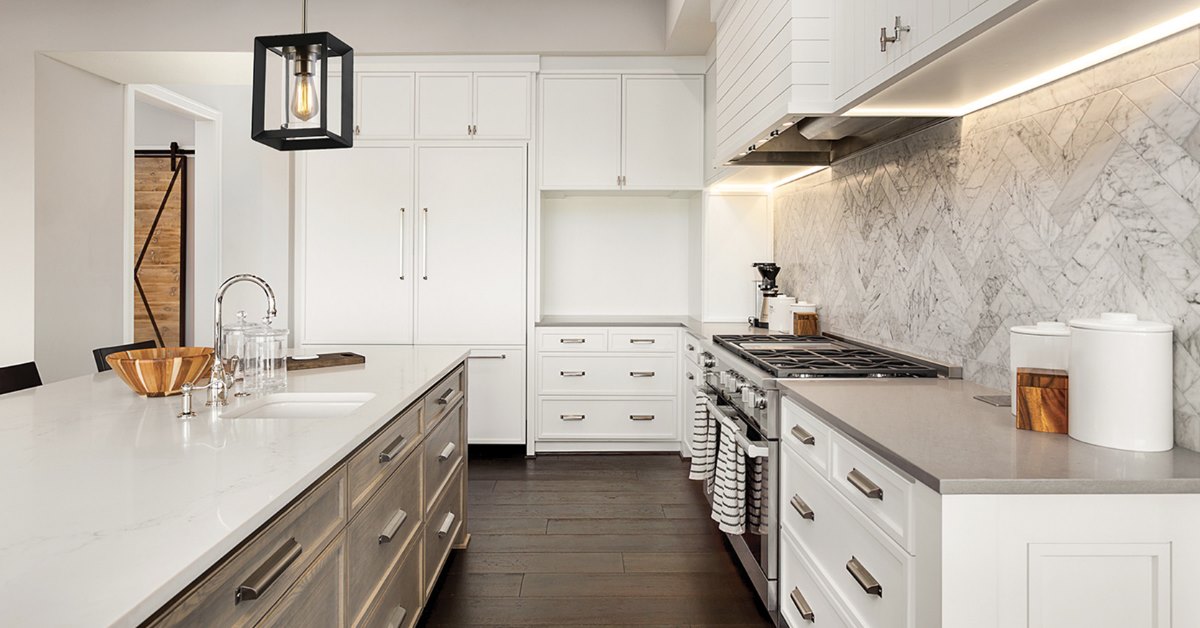Factors that should influence your choice
1. A question of personal taste
2. The impact of colour warmth and tone
Whether warm or cold, dark or light, colour impacts the perceived size of a room.
Warm and dark colours:
- Tend to make a room feel smaller and more intimate.
- Cover imperfections on walls and trim.
- Make a ceiling seem lower
Cool and light colours:
- Make a room seem larger and airier.
- Reflect light, which makes them ideal for hallways, corridors and rooms with little or no natural light.
- Make the room seem taller when used on the ceiling.
3. Shedding light on what fixtures to buy
Lighting is crucial, which is why light fixtures should be installed at the very beginning of any decorating project.
- Natural daylight affects colours according to the season and time of day; a sunny room will appear clearer and brighter than a room with no direct sunlight. Dark and warm colours are a better fit for rooms with large windows than for small rooms without windows.
- Incandescent light creates a warm, faintly yellowish glow and is perfect for the living room since it is not too intense.
- Fluorescent light is both intense and energy efficient, which makes it ideal for illuminating work areas such as the kitchen counter. It produces a cool, bluish-tinted light.
- Halogen lamps produce powerful and efficient lighting similar to natural daylight.
- LED lighting provides normal room lighting; you can also create special effects with different coloured bulbs.
4. The importance of furniture, carpeting and curtains
5. The right colour for the desired setting
- To add warmth to a north-facing room that receives little to no sunlight, decorate with a warm colour like yellow, orange, red or lime green.
- In south or west-facing rooms where sunlight is stronger, you can afford to use cooler colours such as blue, violet or mint green.













